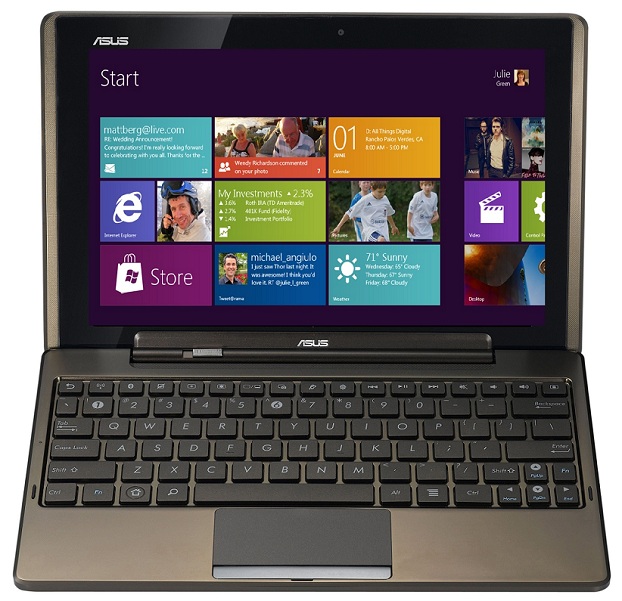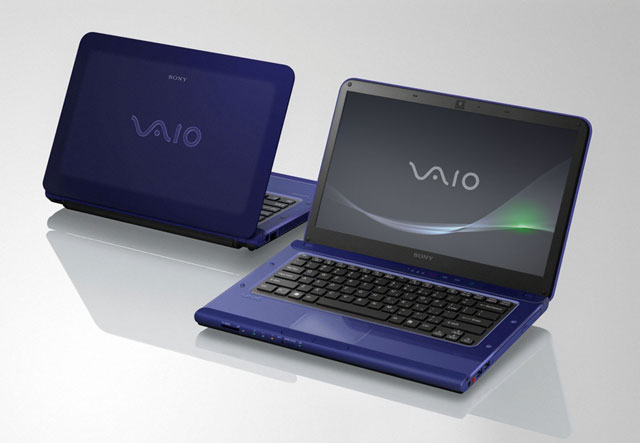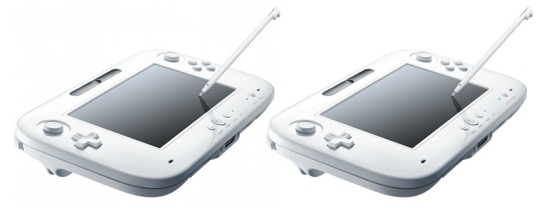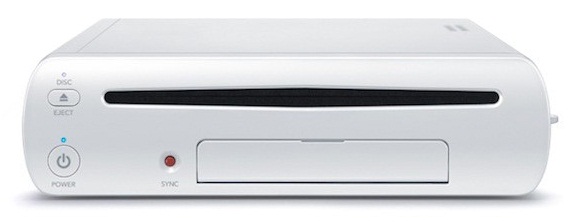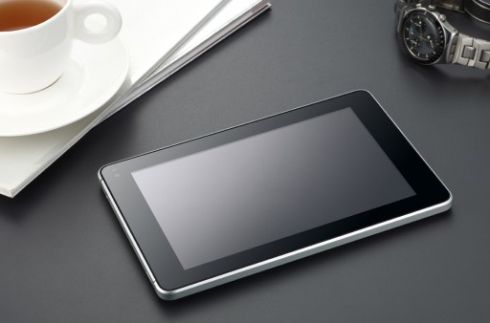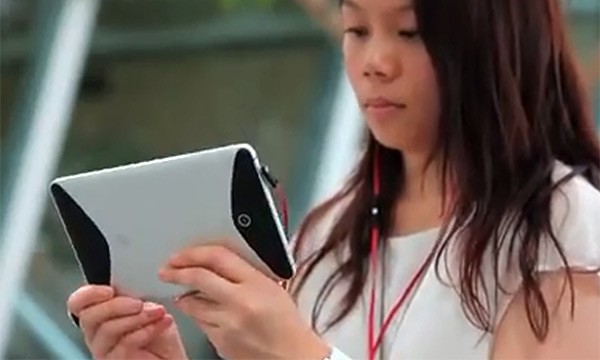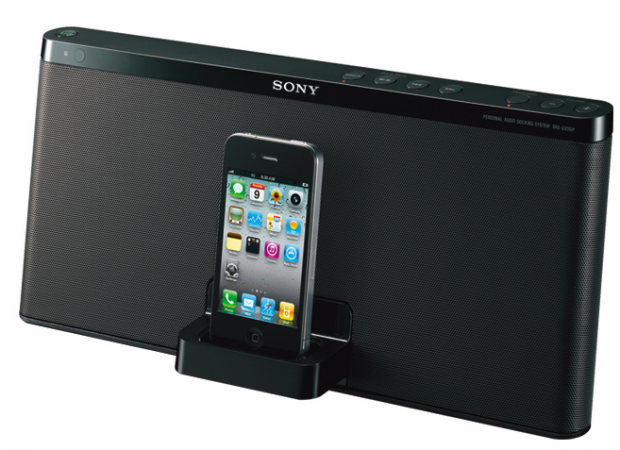Archos bring 43 4.3-Inch Tablet powered by Android. The ARCHOS 43 is more than your average media player,it’s a connected Android palm-sized tablet. With a simple tap on the home screen, you’ll be accessing HD video playback, a built-in HD camcorder, the latest Android apps, your emails, and full Internet browsing. It’s as simple as a tap.

Product Features:
- 8 GB capacity for about 2,000 songs, 10,000 photos, or 10 hours of video; microSD slot for memory expansion
- Up to 36 hours of audio, 10 hours of video, or 12 hours web surfing on a single charge
- 4.3-inch TFT LCD touchscreen with 480 x 854 (FWVGA) pixel resolution and 16 million colors
- One-year limited warranty
- 800MHz + 3D Open GL, Built-in Cam, HDMI Out, Accelerometer. Kick Stand
- 8GB MP3/Digital Media Player with Android OS and WiFi Connectivity
- HD Video decode, Music, Photo, Web, Email, Apps. Works with All Operating Systems (Android, PC, Linux, Mac)
- Large 4.3? Color Touchscreen with G-sensor and 854 x 480 Pixels High-Resolution Display
- Wi-Fi b/g/n, Bluetooth 2.1, HDMI Out, Expandable MicroSD Card Slot (SDHC)
Technical Details:
- Brand Name: Archos
- Model: 501574
- Digital Storage Capacity: 8.0 GB
- Battery Average Life: 36 Hours
- Display: 4.3? Color TFT LCD
- Display Size: 4.3 inches
- Hardware Platform: PC, Mac
- Width: 2.6 inches
- Depth: 0.4 inches
- Weight: 4.6 Ounces
- Digital Audio Capacity: 20gb
Solid Design
Thin, Light, and Strong
ARCHOS Internet Tablets combine a sleek profile with solid engineering. They’ll resist wear and tear, thanks to a stainless steel and injected plastic construction. Exposed steel adds to the visual appeal, and the rounded edges make it a perfect handheld device.
Handy Integrated Stand
Comfortably enjoy your movies or TV shows using the ARCHOS 43′s leg stand. Prop it up on your lap or table for hands-free viewing.
High-Resolution Screen
The large 4.3-inch touchscreen with g-sensor lets you experience a a brilliant, detailed picture. The 854 x 480 pixels high-resolution display is ultra-sharp, and the 16:9 format is great for presenting all your videos.

HD video playback, a built-in HD camcorder, the latest Android apps, your emails, full Internet browsing, and plenty more.
Stay Connected
Android Platform
Android is Google’s application framework for connected mobile devices, and includes a full pack of connected apps, such as a web browser and email application. The Android’s home screens can all be personalized to your preference: icons can be placed, moved or erased with just a flick of a finger. And thanks to the home screen widgets, users can instantly access their favorite applications.
Ready for Tethering
Want to be connected anywhere? Just link-up your cellphone with a tethering data plan and your ARCHOS 43 internet tablet. Whether it’s through a portable wi-fi hotspot, Bluetooth, or even a USB cable, the ARCHOS 43 can tap cellphones for use as a modem, giving you access to the Internet wherever you are.
Android on TV
Enjoy your ARCHOS 43 on the big screen with its mini-HDMI TV output. Display every Android sceen on your TV, and browse your files or the Internet from your couch. And add a whole new level to your 3D games…
Home Streaming From Your PC
The ARCHOS 43 boasts Samba and UPnP protocols for accessing movies, music, and photos from compatible PCs, network-attached storage, or other devices. You don’t need to store everything on your ARCHOS to enjoy viewing it over Wi-Fi.

Multimedia Performer
Android and Beyond
On top of everything Android offers, ARCHOS brings you exclusive applications. The internet tablets feature music, video, and photo apps developed by ARCHOS, offering you easy navigation and enjoyment of your media. Plus, ARCHOS saves you some time by supporting a wide range of audio/video formats beyond the standard Android list.
Portable HD Video Playback
ARCHOS is well-known for delivering on the video front, and the ARCHOS 43 is no excpetion, with an impressively wide range of supported video formats for enjoyment in HD quality. It’s also simple to share your movies with your friends or family thanks to the built-in HDMI output.
Built-in HD Camcorder
Film or take pictures of your friends or family at any time in HD quality (max. video resolution 1280 x 720 pixel). Once you’ve got your photos and videos, you can create a slideshow with the Photoframe application or watch your videos directly on the device. Better yet, upload your videos to Youtube or Facebook, to show them to the world.
Music-Friendly
The ARCHOS 43 internet tablet has a new music application, adding 3D cover animation support and the ability to add a mini music widget to the home screen, for control over your music at any time. And since it is an ARCHOS, you’ll be able to play all the music formats you’ll need (this includes you, FLAC or OGG heads) to keep your digital music experience as simple as it should be.

A Pocket Computer
Dual-Boot Between Linux Android and Linux Ångström
Geeks rejoice! The ARCHOS 43 internet tablet is completely open to programmers, letting you install alternative operating systems and giving you complete control over your system environment. To allow this, ARCHOS has opened up’ their Internet Tablets allowing users to install or even replace the Android system installed on the device. Experienced developers and programmers can install a complete Linux operating system such as Linux Ångström distribution (available to download from http://www.archos.com).
When using Linux Ångström you will be joining a community of open source developers constantly adding in new features, new apps, drivers and icons. Archos is proud to support the community of Linux on mobile platforms, and has chosen Ångström out of all Linux OS for their philosophy of creation that we both share.
Multiple Connections
You can easily connect accessories to the ARCHOS 43 internet tablet. By connecting a USB keyboard, the tablet turns into a real PC, ideal for working with office files. And thanks to the USB host, cameras, USB keys, and USB hard drives are easily accessible with the ARCHOS 43 internet tablet, for transfer of photos/files.
The Power of a PC
Connect to Wi-Fi, and you’ll have a portable PC. With Flash 10, you can surf the real Internet and access your favorite websites. Combine the high-resolution display and 1GHz processor, and the ARCHOS 43 internet tablet can surf the web like never before. The Android browser makes things easy and intuitive, with simple touchscreen controls. You can also easily check e-mails at any time with the Android email client, which lets you manage multiple email accounts (Gmail, Hotmail, etc.) directly on the device.

Immediately discover a huge selection of Android apps for downloading.
Android Applications
AppsLib
Just tap the Appslib icon on the home screen of the ARCHOS 43 internet tablet to immediately discover a huge selection of Android apps for downloading.
Built-in Apps
Want to check the weather, the latest news, your social network account or read ebooks? Simply select the app and it will be available in a couple of seconds.
For the Gamers
The ARCHOS 43 also boasts a superfast CPU with OpenGL 3D graphic acceleration and a g-sensor, to offer you excellent performance for playing the latest 3D games found on the Appslib.
Read or Edit your Office Documents
The ARCHOS 43 internet tablet combined with the OfficeSuite application (a paid-for application available from AppsLib) allows users to easily create, revise or edit all of their Office documents. The ARCHOS 43 internet tablet is also compatible with other formats such as PDF, RTF, e-books, and more.
